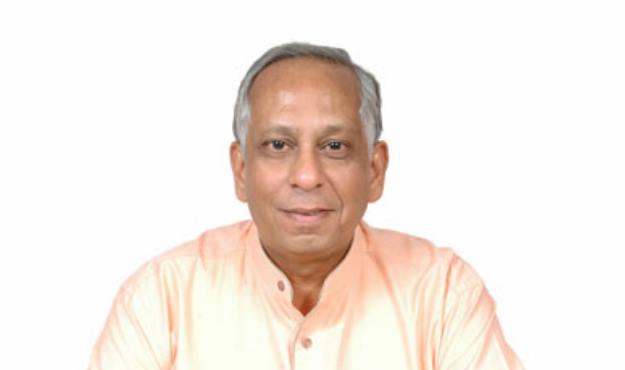Managing Director
Maspar
When Rajesh Mahajan launched Maspar in 2002 with the intention to retail innovative home furnishings products in a premium price bracket, he encountered many naysayers. In India, the home textiles retail business was limited to sheets, towels, quilts, curtains and upholstery. Period. Which innovation could he sell successfully, they asked.
In response, Mahajan drew on his rich engagement with customers in the west, to develop new categories and customer service practices that were possibly unheard of in 2002. “We had with a money-back policy even 13 years ago,” Mahajan notes. “Over 40 years of conducting business with the western world had taught me how to interpret customer expectations.”
Now, 13 years on, and with eight company-owned EBOs, 45 SIS and 100 other retail points, Maspar has traversed the path of home improvement retailing steadily, if not dazzlingly. But as an already established manufacturer and exporter of home textiles, Maspar Industries Pvt Ltd should have expanded faster given its supply chain strengths, some would remark.
“It is true that since we had already a robust brand equity, it should have been easier for us to expand fast,” says Mahajan, whose cumulative experience in the home textiles business now spans close to half a century. “But yes, we’ve been not very aggressive in the retail footprint game. Not for want of trying, though!” he laughs.
[“Indian consumers typically spend more on products that enhance or convey a certain image of the user. Like fashion, or gadgets. Home — a private space and not usually displayed to all and sundry — is low in the pecking order.”]
“I believe the home improvement business in general is fairly immature in India. And one reason for that is the Indian consumers’ mindset,” he says. “Indians are typically more ‘outside-in’, rather than ‘inside-out’. Consumers here typically spend more on products that enhance or convey a certain image of the user, he says. Like fashion, or gadgets. Home — a private space and not usually displayed to all and sundry — is low in the pecking order, and that is the reason for low standards of innovation in this category.”
Despite this characteristic, the opportunity and wisdom in innovating does exist, if brands and retailers interpret customers’ questions accurately, Mahajan points out.
“We were selling duvet covers in 2002, a product line virtually unknown in India back then. We created 30 SKUs and made just 10 pieces under each. All because we listened to customers who indicated they would like extra pillow cases.”
In 2011, Maspar was launched in France and is currently available in ‘MASPAR shops’ in several furniture and speciality home stores. In 2013, the brand entered the Canadian market and show cased for the first time in The Canadian Home Furnishings Market and Canadian Gift & Tableware Association’s Show in Toronto. It currently retails through several large format lifestyle stores in the country.
With 3-4 new stores slated to open this year in India, including one at DLF’s Mall of India, Mahajan believes it is now time to raise the pitch a notch or two. Maspar closed last year with Rs 30 crore and intends to touch Rs 50 crore in the current fiscal, on the back of additional locations.
And will e-commerce revenues be any part of that? Home is a major category in the ecommerce universe, and Maspar is active on several online marketplaces, including speciality formats such as fabfurnish.com. What is Mahajan’s view on the model itself?
“Well, clearly, most of them (e-tailers) are based on a customer acquisition and valuation model,” he says. “But there is a method to this current madness. I believe the ongoing ‘storm’ will settle down eventually to more realistic standards.”
What is the most misunderstood practice in the retailing business, according to him? “So-called customer service,” he says.
“Listen to the customer. Really listen, don’t just hear. Interpret the un-spoken, the between-the-lines. Don’t literally transplant every feedback in some form in your business. What they’re really saying is probably something else.”
By Nupur Chakraborty







